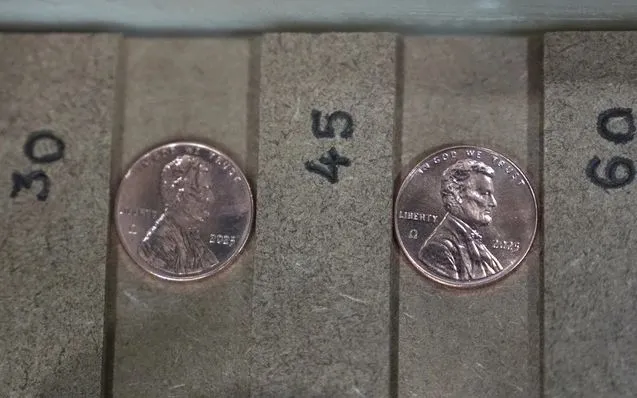
The last one-cent coins produced in the United States. PHOTO: AP
After more than 230 years of existence, the penny (1 cent) – a small but familiar symbol of the American economy – has officially ended its mission, marking a historic turning point in the currency of the Land of the Stars and Stripes.
In an effort to phase out its smallest but most expensive coin, the U.S. Mint announced it has ended production of the 1-cent coin more than two centuries after it was first issued.
The last 1-cent coin was struck at the Philadelphia Mint on November 12 as part of the official retirement of a coin that now costs more to produce than it is worth.
The U.S. Treasury Department said the last two coins struck carry the special omega symbol and will no longer be in circulation. The government plans to auction them off in the near future.
According to the US Treasury, the 1 cent coin was first authorized for issuance under the Coinage Act of 1792. However, increasing production costs coupled with changes in consumer habits and technology made continued production financially unfeasible.
Although the Trump administration has announced it will stop producing the cent coin, there is still legislation pending to make it official. A bill called the “Universal Coin Act” would round cash transactions up or down to the nearest 5 cent.
While the 1-cent coin “remains legal tender and will retain its value indefinitely,” the Treasury said, it will no longer be minted. There are currently about 300 billion 1-cent coins in circulation—far more than is needed for commercial activity.
The Treasury said the current cost of producing a 1-cent coin is 3.69 cents, which is the main reason for the decision to end it. The discontinuation of the 1-cent coin is expected to save $56 million a year.
In February, President Donald Trump ordered the Treasury Department to stop producing the coin. However, Trump is not the first person to propose eliminating the cent coin. In 1989, Rep. Jim Kolbe (R-Ariz.) and Rep. Jim Hayes (R-Louisiana) introduced the Rounding Price Bill, which would have required prices to be rounded to the nearest 5 cents, but the bill failed.
In 2017, Senators John McCain (R-Arizona) and Mike Enzi (R-Wyoming) proposed a 10-year moratorium on the production of the 1-cent coin, after which the Government Accountability Office (GAO) would evaluate whether to resume minting the coin.
Source: https://vtv.vn/my-chinh-thuc-ngung-duc-dong-xu-1-cent-100251113083400095.htm


![[Photo] Deep sea sand deposits, ancient wooden ship An Bang faces the risk of being buried again](https://vphoto.vietnam.vn/thumb/1200x675/vietnam/resource/IMAGE/2025/11/13/1763033175715_ndo_br_thuyen-1-jpg.webp)





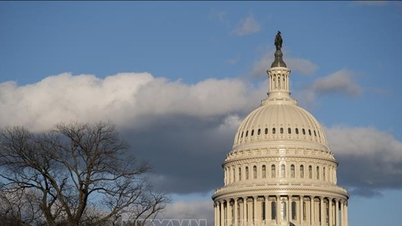





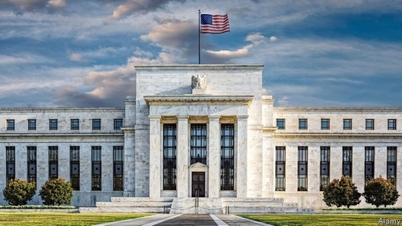
















![[Infographic] Deputy Secretary of the City Party Committee, Chairman of the Hanoi People's Committee Nguyen Duc Trung](https://vphoto.vietnam.vn/thumb/402x226/vietnam/resource/IMAGE/2025/11/13/1763038881036_img-2117-87638839201108861172544-18645331816827291289202.jpeg)
![[Infographic] Deputy Secretary of the City Party Committee, Chairwoman of the Hanoi People's Council Phung Thi Hong Ha](https://vphoto.vietnam.vn/thumb/402x226/vietnam/resource/IMAGE/2025/11/13/1763038877681_img-2118-54020024704776382809356-82590448805670117934347.jpeg)





































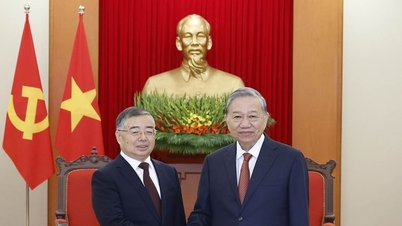













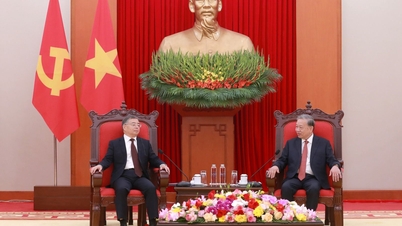














![Dong Nai OCOP transition: [Article 3] Linking tourism with OCOP product consumption](https://vphoto.vietnam.vn/thumb/402x226/vietnam/resource/IMAGE/2025/11/10/1762739199309_1324-2740-7_n-162543_981.jpeg)







Comment (0)